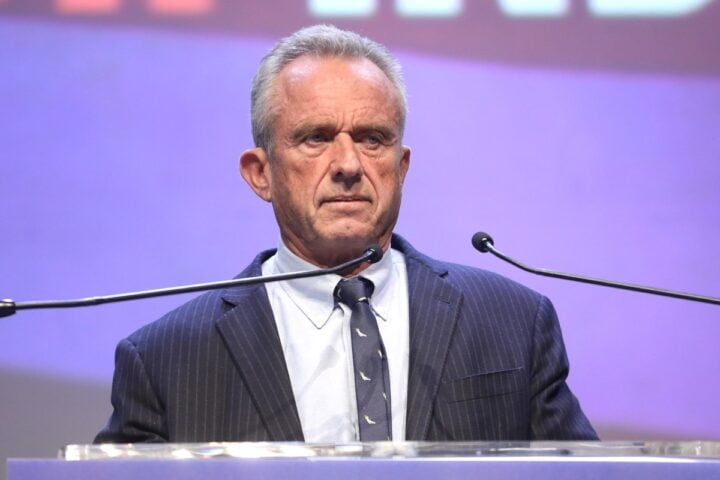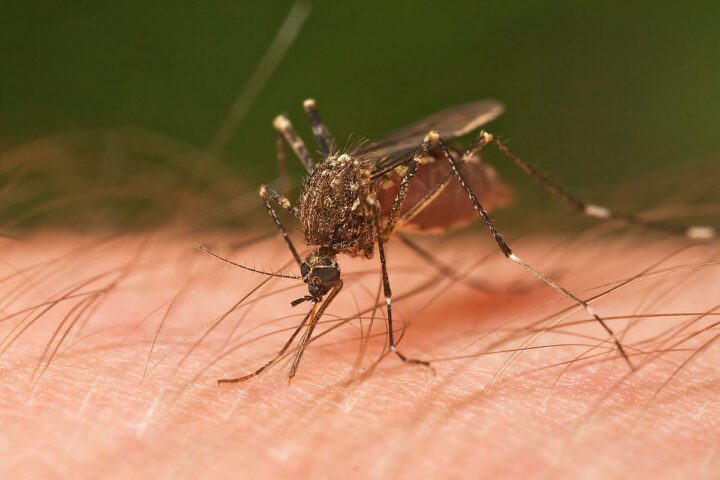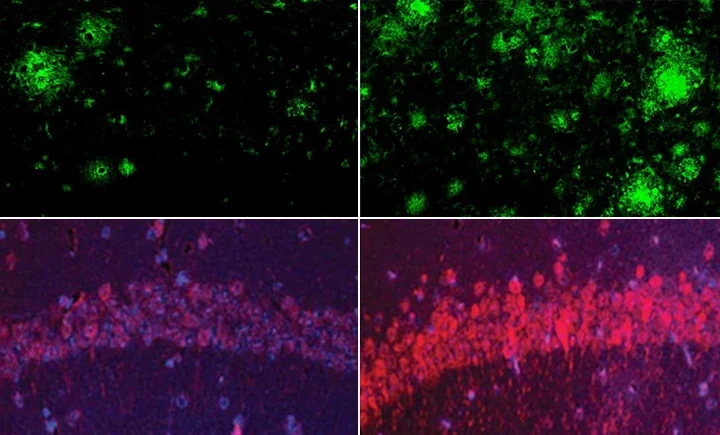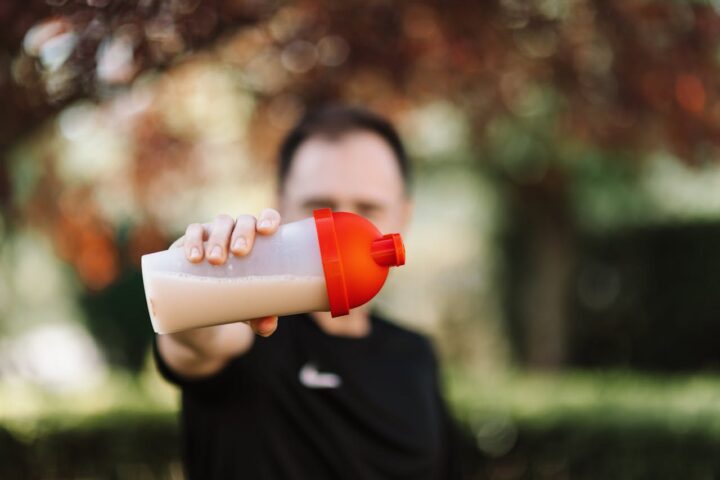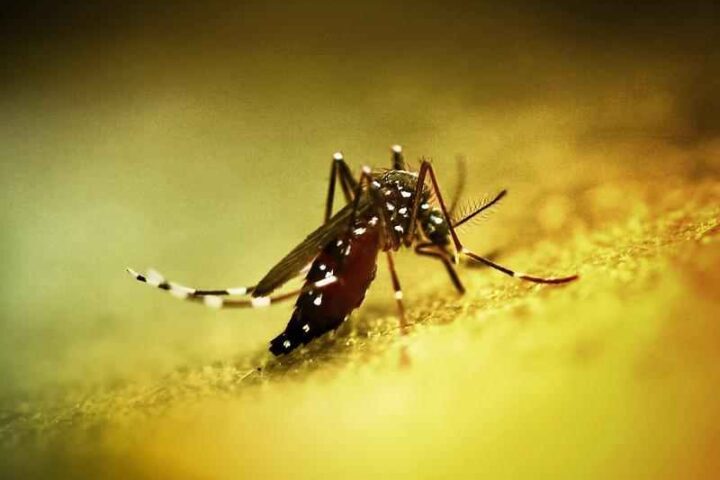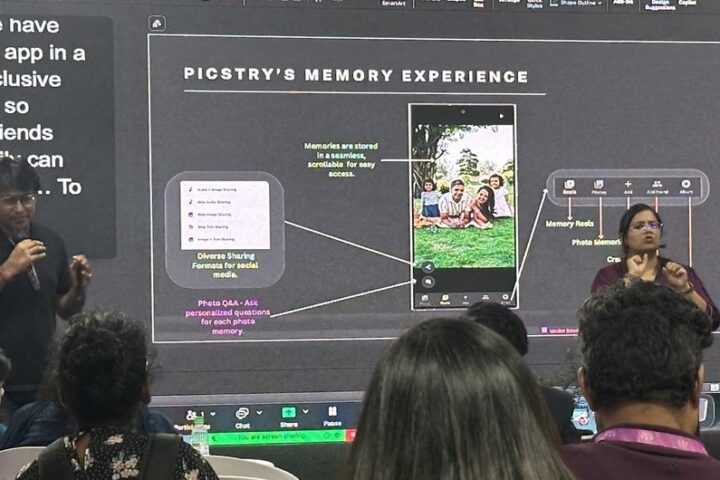American software millionaire Bryan Johnson is a strange person. His mission in life is to outsmart death. At 47, reports indicate that he has the heart of a 37-year-old, and the skin of a 28-year-old, with severe reductions in aging markers such as wrinkles and dark spots, and his heart is of a 37-year old. He heads a community whose slogan is ‘Don’t Die’.
He has a blueprint for maximizing his lifespan: from waking up at 5 a.m. without an alarm clock to using a thermal scan device to measure inner ear temperature as a ‘safety and efficiency check’ for various daily therapies. He has a set schedule where he eats all his meals between 6 and 11 a.m., spends 5 minutes for blue light therapy, and has a 30-minute Heart Rate Variability (HRV) therapy session. Furthermore, he is asleep in 3 minutes in his temperature-controlled bed by 8:30 p.m.
His diet includes a breakfast of protein, nuts and supplements, consumed at 6:45 a.m. And at 11 a.m., he has his final meal of the day which combines veggies, nuts, seeds and berries. By having a balanced diet, he hopes to reverse his age. Johnson’s current pace of ageing is 0.69, which means that for every 365 days, Johnson ages 251. Of course, he can do all these things because he is a millionaire.
This is not the first time when humans have tried to live a longer life. In Indian mythology, Ashwatthama, Dronacharya’s son; Mahabali, the legendary king of the underworld; Vedavyas, compiler of Vedas and the writer of Mahabharata; Hanuman, the devotee of Lord Rama; Bibhishan, a brother of Ravana; Kripacharya, the brother-in-law of Dronacharya; and Parashurama, one of the avatars (incarnations) of Vishnu are seven Chiranjeevi or figures who have a long life. However, they are not immortals.
According to Indian tradition, a person is supposed to live a life of 100 years, divided into four stages, or ‘ashramas’, of 25 years each. The first stage, called ‘Brahmacharya’, should be spent acquiring life’s skills or education. The next span, called ‘Grihastha Ashrama’, is a period where a person is supposed to lead a householder’s life. The next stage of life is called ‘Vanaprastha’ or ‘living in a forest’, where a person devotes more time towards spirituality. The last stage , or ‘Sanyas’ is supposed to be spent living a simple austere life.
More Stories
What Johnson is trying is laudable. But the ‘don’t die’ mantra goes against the natural order of things. Life and death are part of our lives on Earth. A person, who is born, is sure to die. Of course, everybody wants to live a longer life. One has to appreciate Johnson’s disciplined lifestyle. He deters from substances such as nicotine and alcohol. One can try to follow his way of life if they can afford it. But they must understand that living forever is neither desirable nor feasible. Many variables can affect one’s lifespan and cannot be necessarily controlled. For instance, his efforts to reverse ageing by injecting his face with a donor’s fat led to a highly allergic reaction, reflecting on the infeasibility of the whole procedure.
While Johnson’s commitment to extending his lifespan through rigorous routines and careful dietary choices is admirable, it underscores a broader fascination with longevity in human culture. It is essential to recognise that the pursuit of eternal life may overshadow the intrinsic value of living fully as achieving balance and embracing the natural processes of life and death is crucial. His sense of discipline is motivational for many, as it can help restore balance in their lives.



